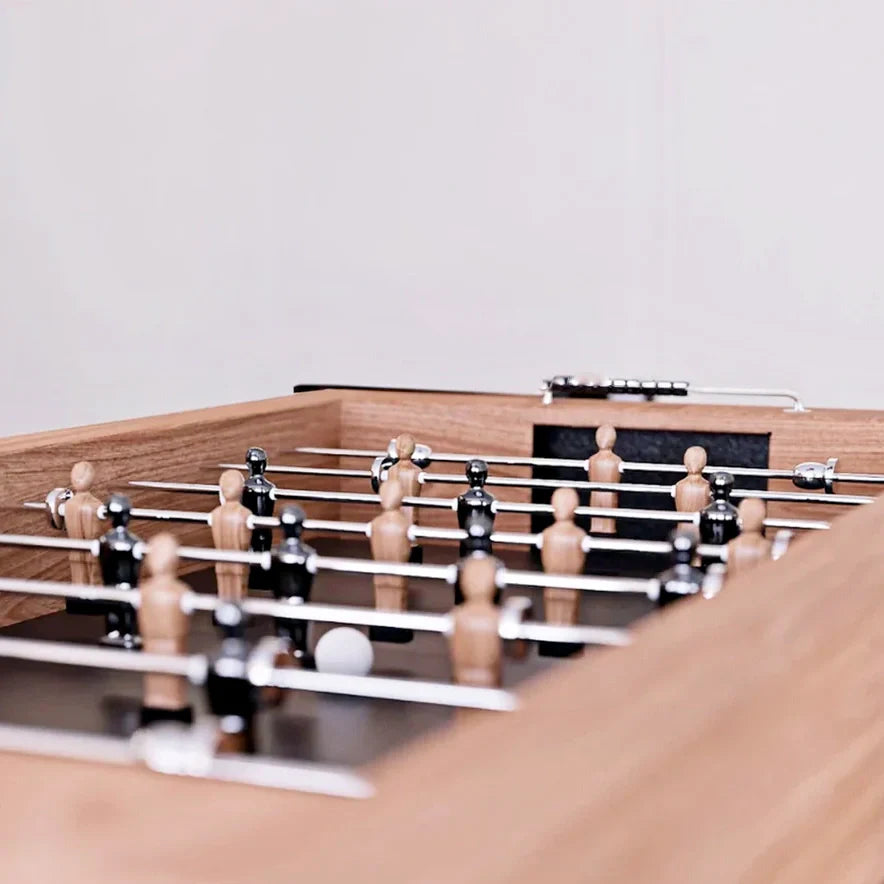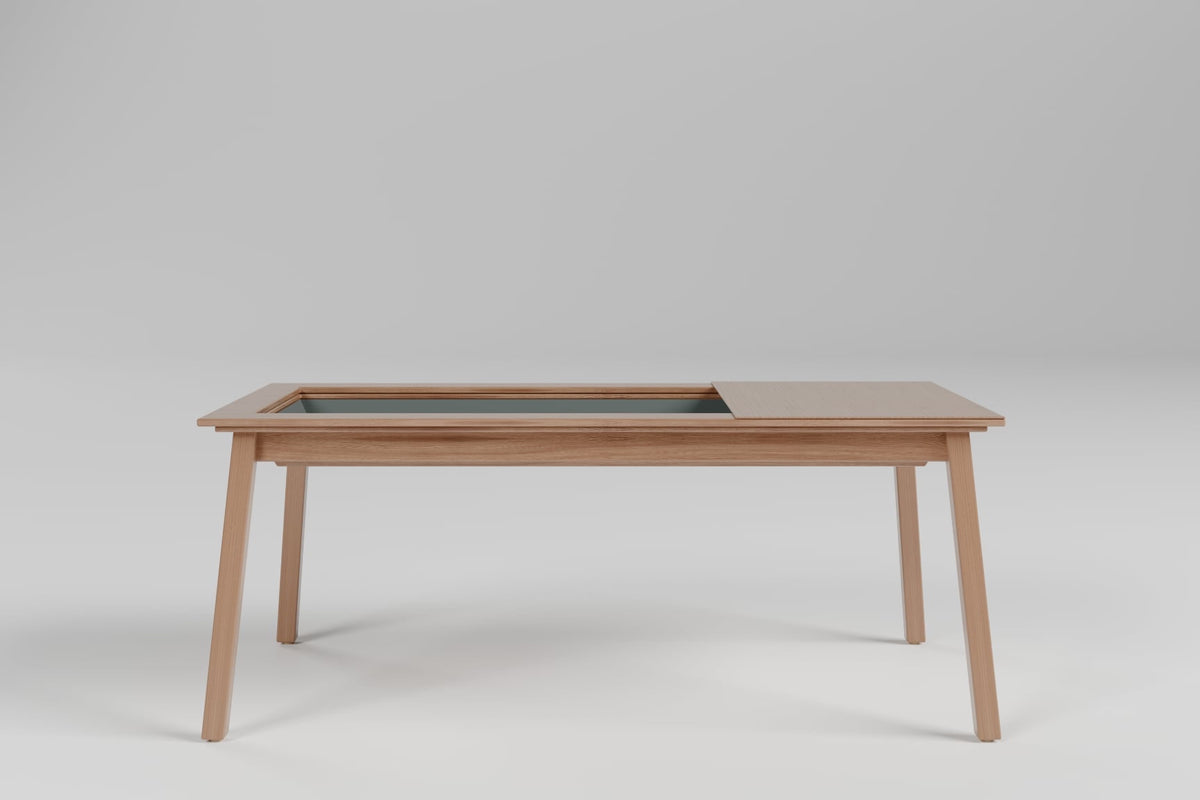English billiards is a classic cue sport that combines elements of strategy, skill, and precision. It has a rich history dating back to the 19th century in Great Britain, evolving from earlier games such as life pool and pyramid pool. This blog will delve into the origins of English billiards, its gameplay, and the rules that govern this fascinating sport.
History of English Billiards
The roots of English billiards can be traced back to the 15th century when it began as an outdoor lawn game before transitioning indoors. By the 19th century, it had developed into a more structured cue sport, featuring standardized rules and equipment. The game gained immense popularity during the British Empire, leading to professional competitions and world championships.
Key historical figures include:
- John Roberts: He played a significant role in popularizing and formalizing English billiards.
- Willie Hoppe: A dominant player in carom billiards, he also contributed to the game's evolution.
The game is often referred to as the "Noble Game of Billiards," reflecting its status among the upper classes and its cultural significance across various societies.
Gameplay Overview
English billiards is played on a rectangular table with three balls:
- A plain white cue ball
- A spot white cue ball (often marked with black spots)
- A red object ball
Each player uses their designated cue ball, and the objective is to score points through various methods during their turn. The game can be played by two players or two teams.
Scoring in English Billiards
Points can be scored in several ways:
- Cannon: Striking the cue ball so that it contacts both the other cue ball and the red ball in one stroke earns 2 points.
- Pot (Winning Hazard): Pocketing the red ball earns 3 points, while potting the opponent's cue ball scores 2 points.
-
In-off (Losing Hazard): If a player strikes their cue ball such that it hits another ball and then goes into a pocket, they score:
- 3 points if the red was hit first
- 2 points if the opponent's cue ball was hit first
- 2 points for hitting both simultaneously
Basic Rules of Play
- Starting the Game: Players determine who breaks first through a lag, where both players hit their cue balls up the table. The winner chooses their cue ball and whether to break or let their opponent break.
- Turn Structure: Players alternate turns unless they score points. If a player fails to score, their turn ends, and play passes to the opponent.
- Playing from In-hand: When a player's cue ball is off the table or touching another ball, they must play from in-hand behind the baulk line (the "D" area at one end of the table).
- Fouls: If a player commits a foul (e.g., missing all balls), penalty points are awarded to their opponent. The specific penalties vary depending on what type of foul occurs.
- Respots: When the red ball is potted, it is respotted on designated spots on the table according to specific rules (e.g., after being potted twice consecutively from a specific spot).
Conclusion
English billiards is not just about physical skill; it also requires strategic thinking and mental dexterity. Players must constantly plan their shots while considering their opponent's potential moves. Although its popularity has waned in favor of snooker in recent years, English billiards remains a beloved sport with a dedicated following.
Whether you are a seasoned player or new to the game, understanding its history and rules enhances your appreciation for this elegant sport. With its blend of tradition and technique, English billiards continues to captivate players around the world.





0 comments